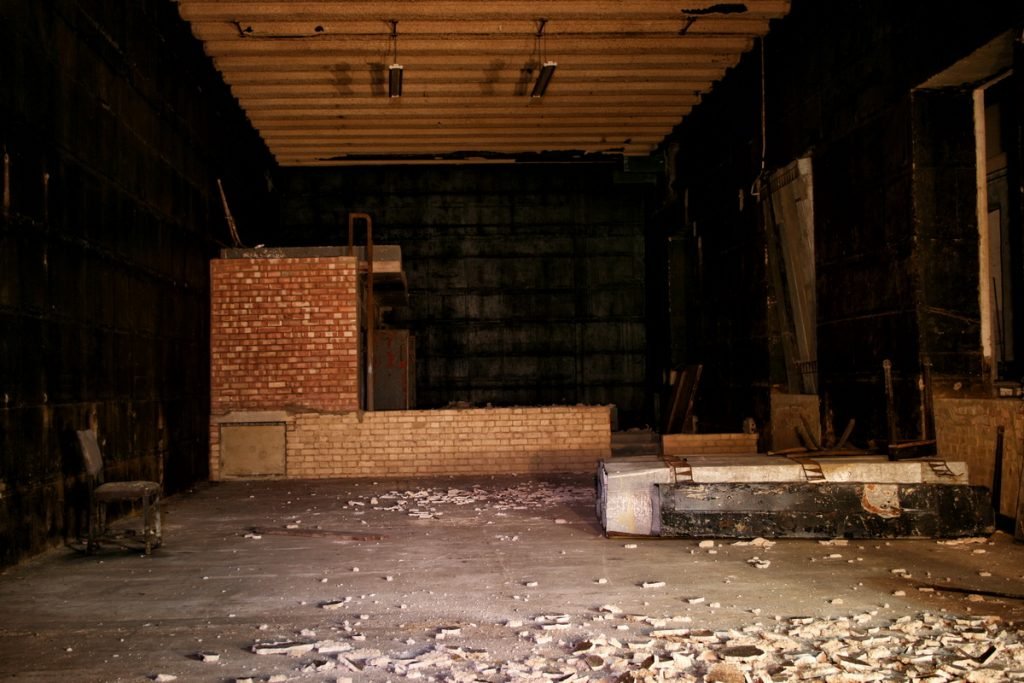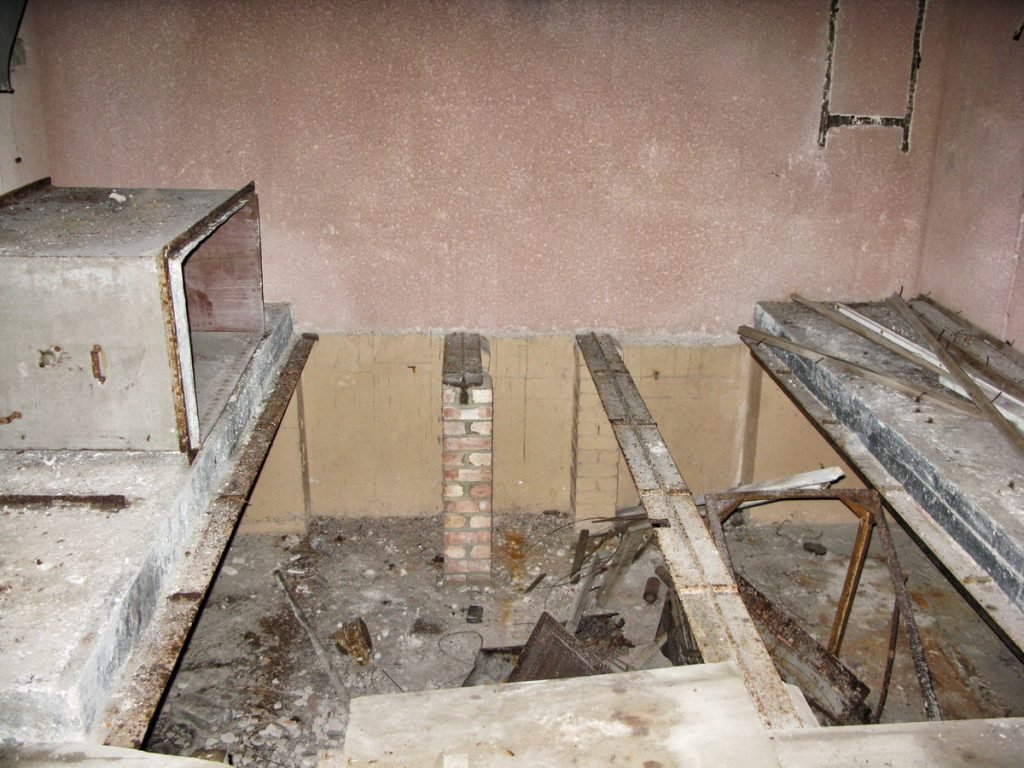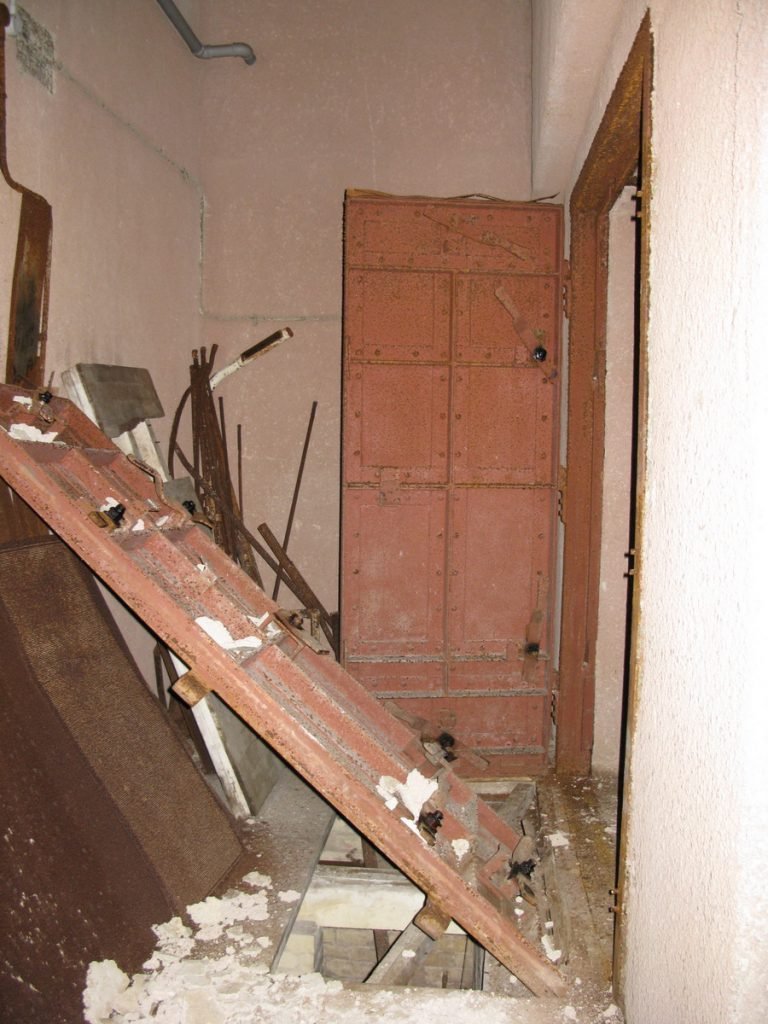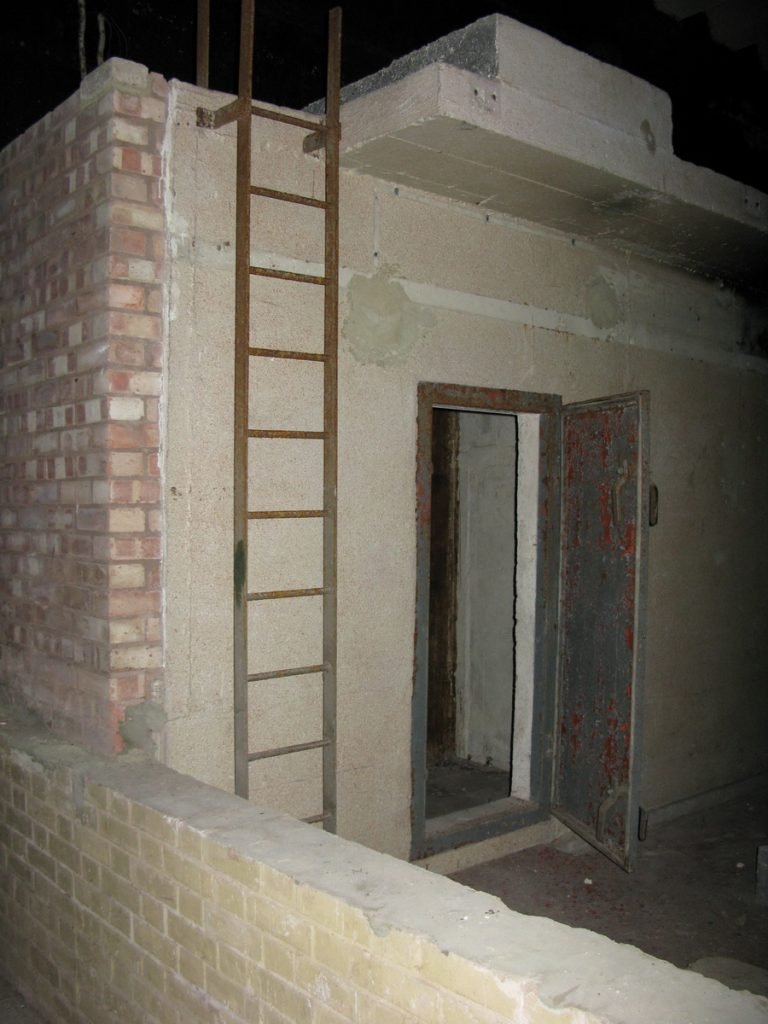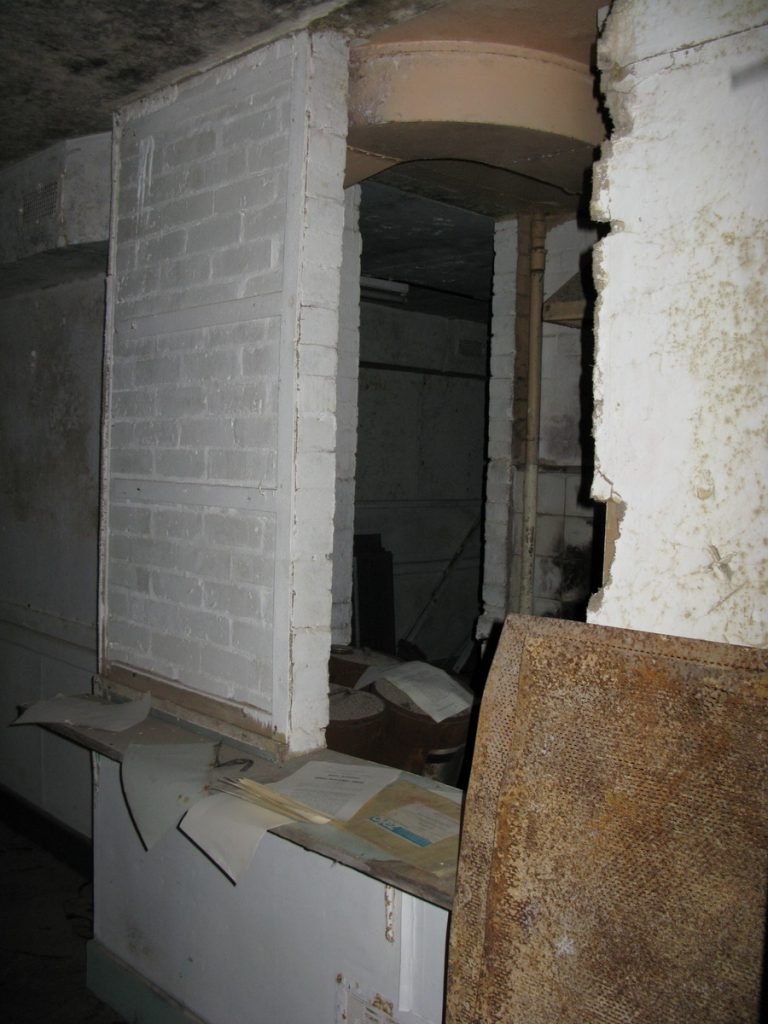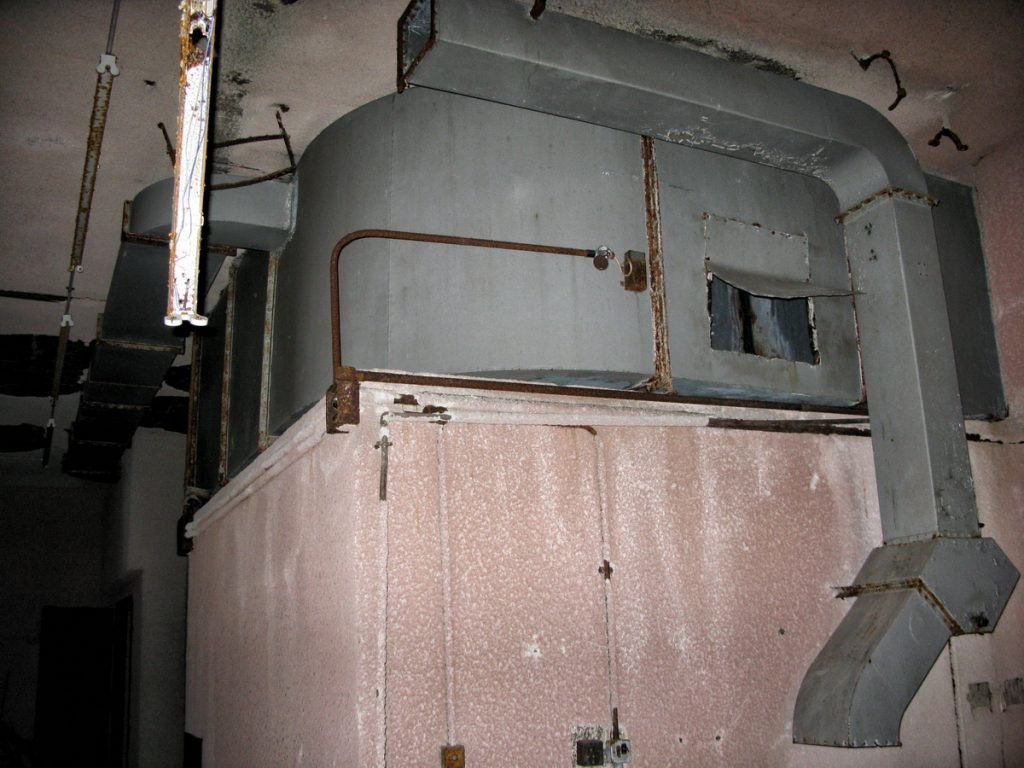Truleigh Hill Rotor Station
The ROTOR network succeeded the Second World War radar system, providing the UK with a much-needed advanced detection system. The Soviet nuclear programme was much further advanced than the West realised, and the first Soviet nuclear test in May 1949 confirmed that the Soviet Union was now a nuclear power. Early nuclear weapons could only be delivered by aeroplane, but as early as 1957, the USSR developed ICBM-deliverable nuclear weapons. Radar was not able to deal with this new weapon, and the rotor system was introduced.
The ROTOR network maintained the same connecting structure to maintain command and control, but there were far fewer stations under the Rotor system. The new detection system had to be capable of covering 190 miles at sea level and 330 miles at 60,000 feet to be able to provide effective early warning of an attack. The ROTOR programme was developed in three stages, commonly referred to as ROTOR 1, 2 and 3, and correspond with the technological advancements made in radar detection ability.
ROTOR 1 dealt with the installation of new detection technology, often incorporating existing WWII structures. This frequently meant using Chain Home stations, which had proved highly effective in the Battle of Britain in 1940. The buildings that were constructed for the ROTOR programme were categorised according to their purpose and were labelled from R1 to R11.
ROTOR buildings followed the same basic design that gave them the appearance of a normal civilian house, usually a bungalow. Below this bungalow was an underground complex, its size and structure dictated by the purpose of the ROTOR station. Each ROTOR station served the same basic function – the detection of incoming bombers or ICBMs to provide as much warning time as possible. For the USA, that would have meant approximately 25 minutes. For Britain, 4 minutes was the maximum warning time – it would probably have been more like 3 minutes.
Location: Sussex
Condition: Very Poor
Date Of Visit: 01/02/08


